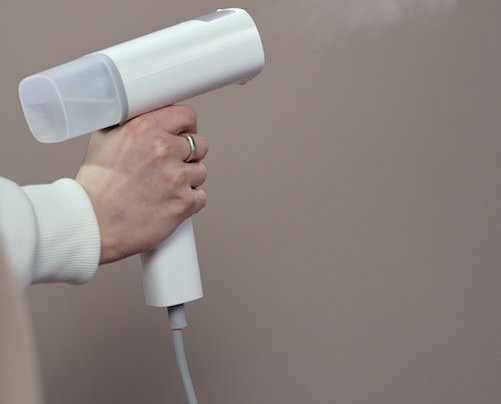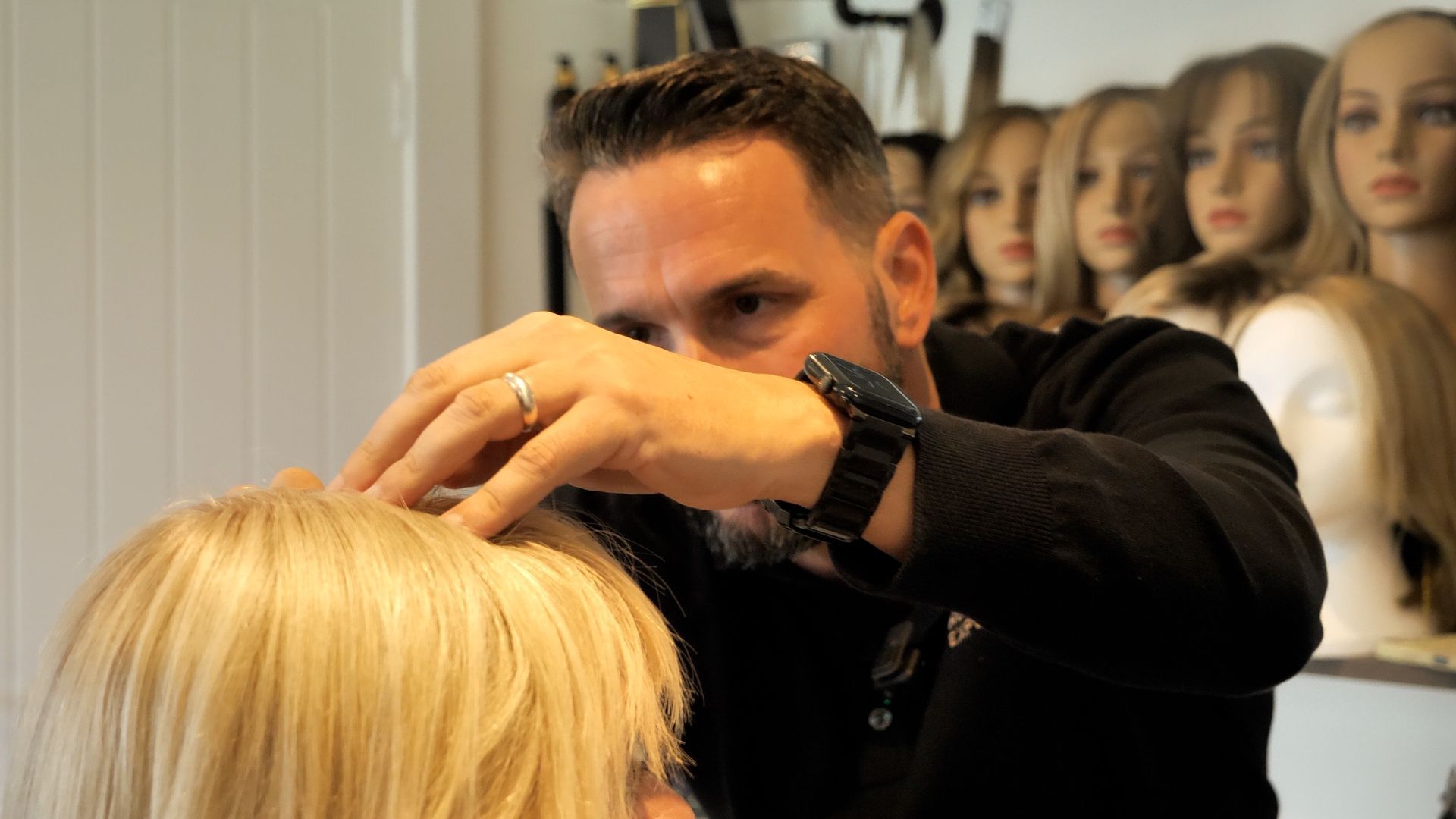Understanding Alopecia: Causes, Symptoms, and Solutions
Understanding Alopecia: Causes, Symptoms, and Solutions
Introduction to Alopecia
Alopecia, commonly referred to as hair loss, is a condition that affects millions worldwide. While it’s often perceived as an aesthetic concern, its psychological impact can be profound. Through this article, we strive to provide an in-depth understanding of the condition and offer solutions to those affected.
What is Alopecia?
Alopecia is the medical term for hair loss from the scalp or body. This condition can manifest in various patterns, and its severity and permanence vary among individuals.
Types of Alopecia
- Androgenic Alopecia: Often called male or female pattern baldness, it’s linked to genes and male hormones.
- Alopecia Areata: An autoimmune disorder causing sudden hair loss in small, round patches.
- Telogen Effluvium: Temporary hair thinning over the scalp due to changes in the growth cycle.
- Anagen Effluvium: Rapid hair loss resulting from medical treatments like chemotherapy.
Causes of Alopecia
Hair loss is a consequence of various factors:
Genetic Predisposition: Genetics play a significant role, especially in androgenic alopecia.
Hormonal Changes: Conditions like pregnancy, menopause, and thyroid problems can instigate hair loss.
Medical Conditions: Diseases such as iron deficiency or lupus might lead to alopecia.
Medications and Therapies: Drugs for conditions like arthritis, cancer, and hypertension can induce hair loss.
Symptoms and Diagnosis
Recognising Alopecia
The first sign is typically a noticeable thinning of hair, especially on the crown. Bald patches might appear, or there might be general hair thinning. It’s crucial to consult a dermatologist at the earliest signs.
Diagnosis
Doctors often conduct a pull test, blood tests, or a scalp biopsy. The diagnosis method depends on the type of alopecia suspected.
Treatment and Prevention
Addressing Alopecia
The course of treatment hinges on the type of alopecia, its severity, and the patient’s age. Common treatments include:
Medications: Minoxidil and finasteride are commonly prescribed.
Hair Transplants: This involves grafting hair follicles from denser areas to balding regions.
Therapies: Laser therapy and platelet-rich plasma therapy are newer methods showing promise.
Preventative Measures
Balanced Diet: Ensure intake of vitamins and minerals that fortify hair health.
Avoid Harsh Treatments: Refrain from over-styling or using excessive heat on hair.
Regular Scalp Massages: This can stimulate hair follicles and promote growth.
Conclusion
Alopecia, though common, often brings emotional distress. We believe knowledge empowers individuals to make informed choices. Understanding the condition’s intricacies allows for better management and offers hope to those seeking solution
Ready to Regain Your Confidence & Feel Like Yourself Again?
Explore our range of premium human hair wigs in a private, supportive setting where you can try different styles, ask questions, and find the look that feels right for you.
Latest Posts












